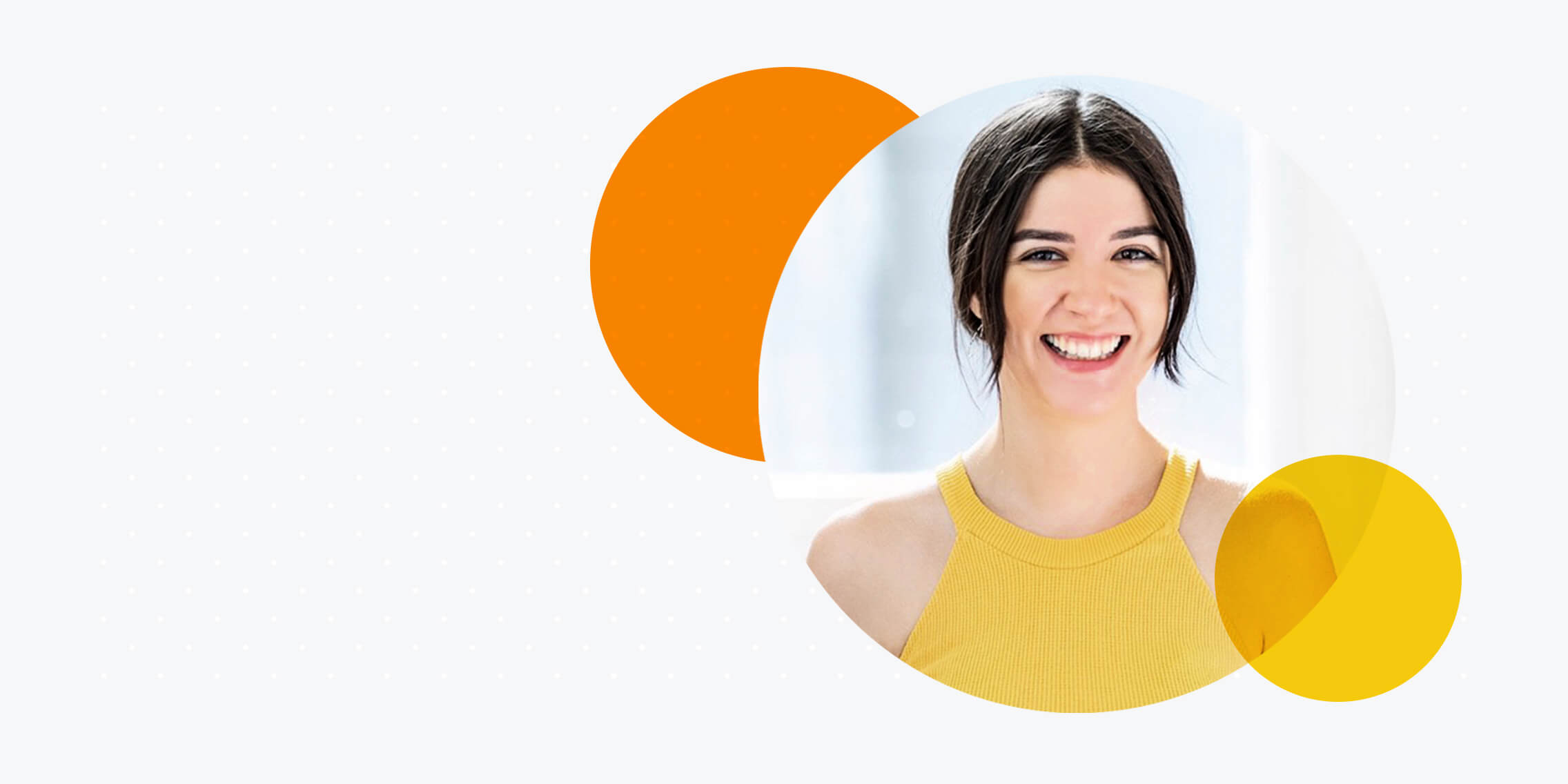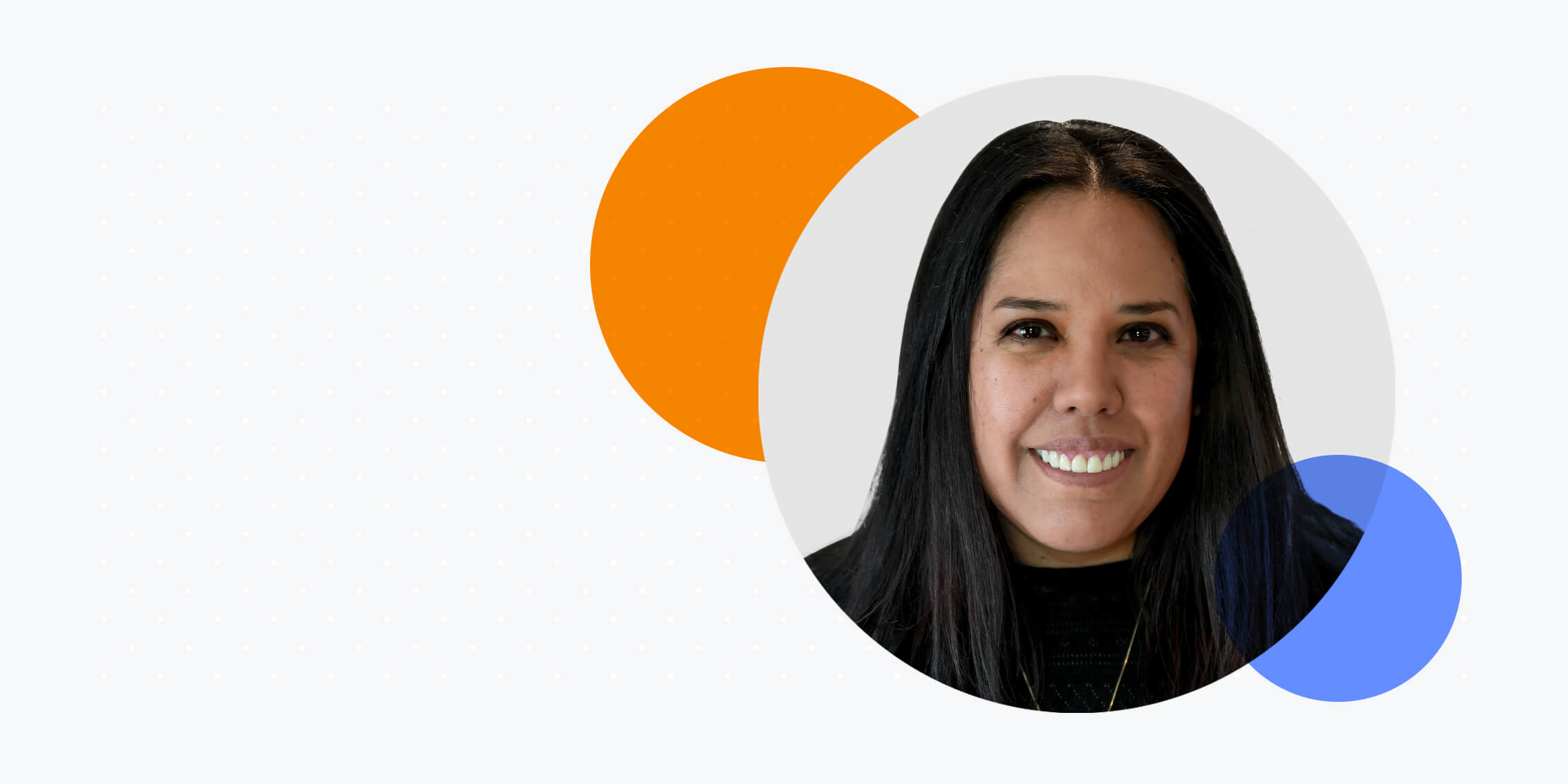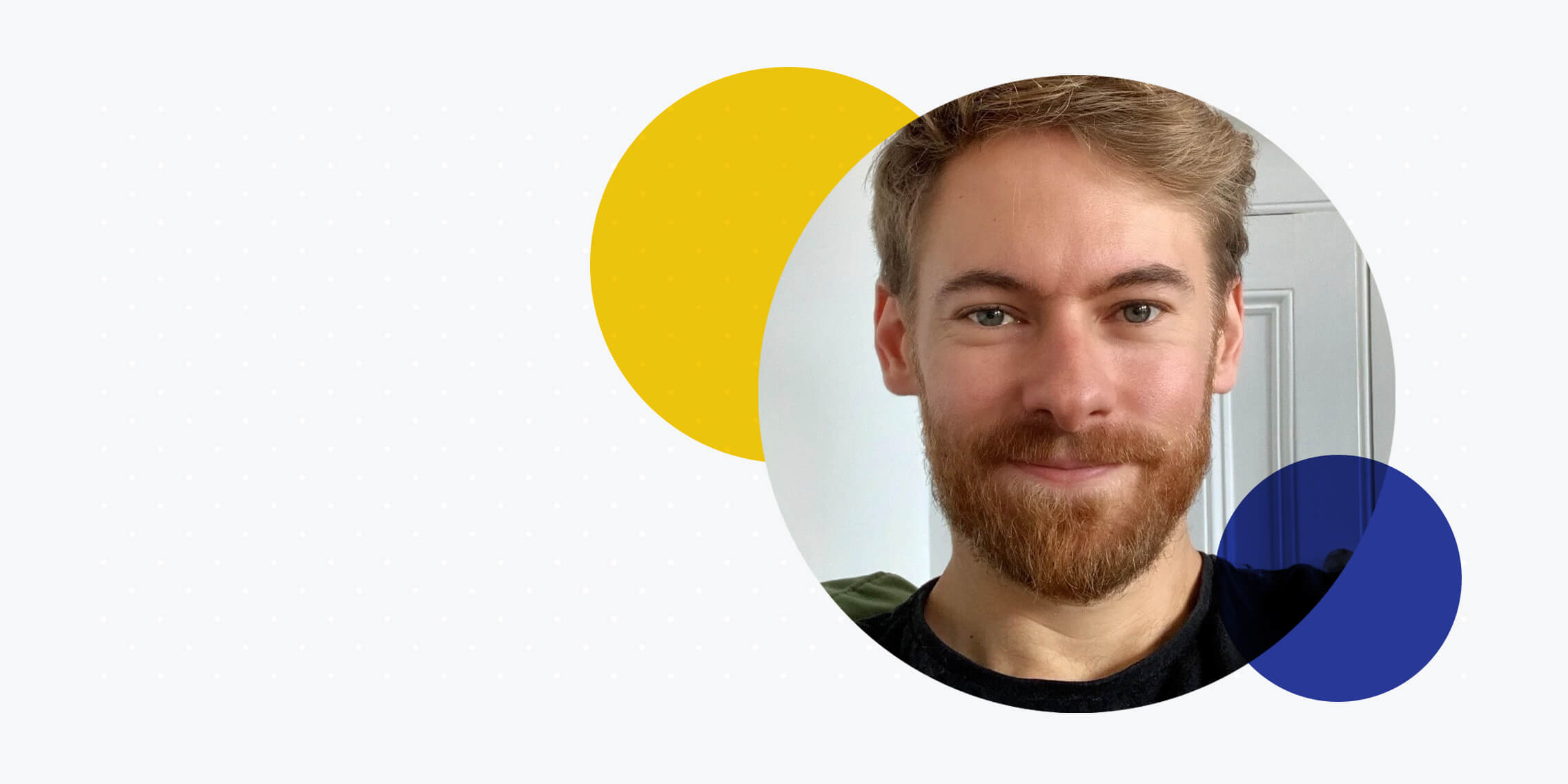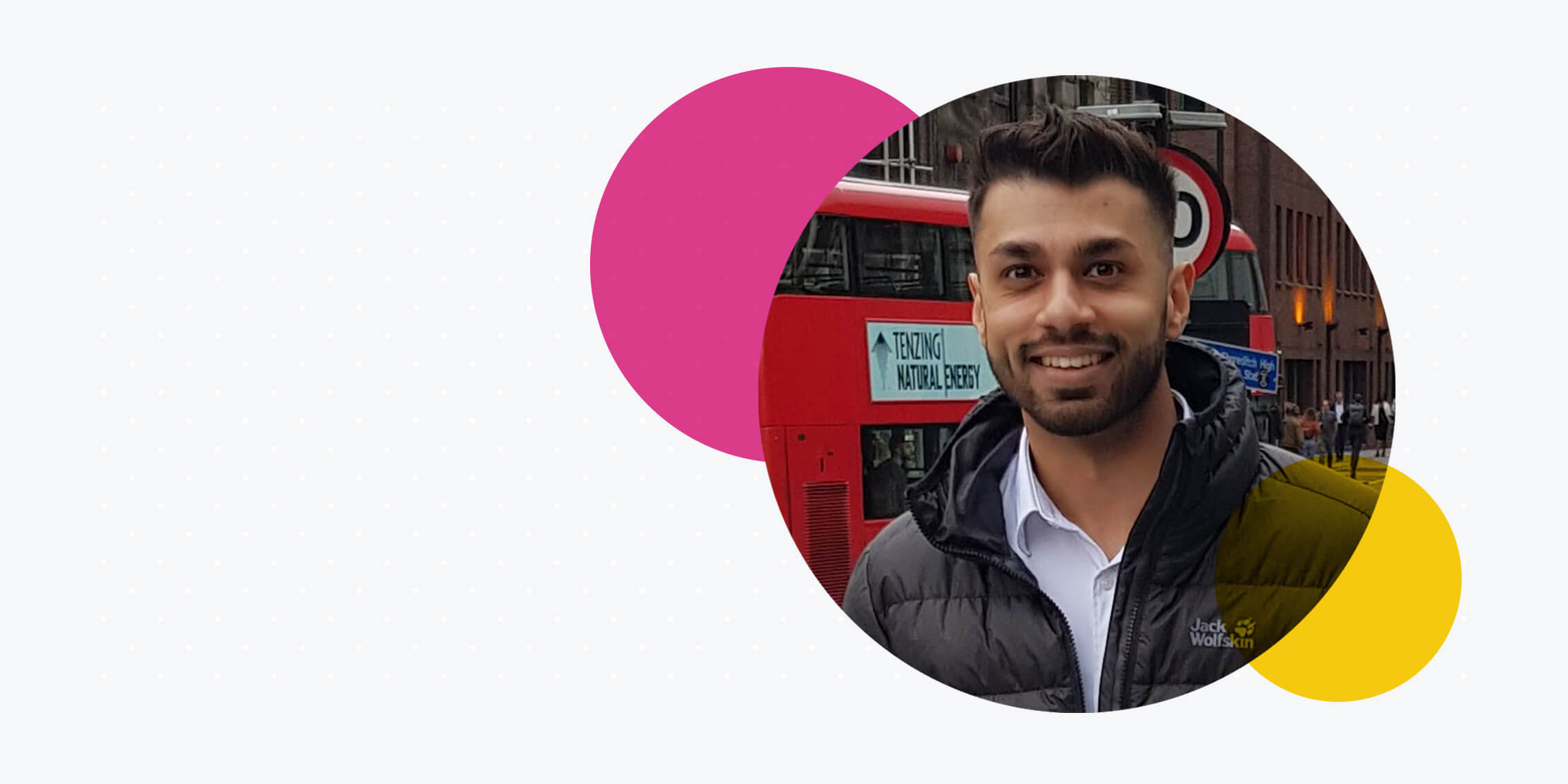After working as a graphic and web designer for a number of years, Stephanie wanted to evolve her skills with our Professional Diploma in UX Design. She spoke to us about how the course set her apart during the hiring process and helped secure her current role as a UX designer at a billion dollar company.
Why did you decide to move away from graphic design?
I had been working in graphic and web design for five years and I wanted to progress my career. I felt that what I was doing in design was good and it was interesting, but there was just so much that I needed to explore. I was becoming more and more frustrated with subjective design and designs which were beautiful but not entirely useful. I wanted to expand my knowledge by learning UX principles and to learn how these can be applied within a UX practice.
What interested you about UX?
I was aware of UX, but I wasn’t too sure of what it entailed. And I felt like different agencies had different definitions of what it was as well. UX designer and digital designer were sometimes coupled together. So even as a digital designer when I wasn’t doing any sort of research, some people thought I was a UX designer. But UX is a research based discipline.
What attracted me to UX was that it was putting the user first, which I really enjoyed. You’re not having to deal with bias from key stakeholders or people just wanting to have their say on the brief, you’re actually solving a real problem. You’re communicating with the users.
There was definitely a demand for UX as part of my graphic design job too. The clients seemed to be pushing for it a lot. So it seemed like something I should explore. Clients expected me to be creating user flows, wire framing and things like that.
Why did you decide to take a course in UX design?
I decided to take the course in UX Design because it felt like an industry that was really thriving. The Professional Diploma in UX Design seemed really reputable. I did quite a bit of research before undertaking it. I spoke to a few students who had already done it and it was really well respected.
The online reviews of the course were also really good. So many people had positive experiences with it.
The university credit rating was really important. When I was applying for UX jobs it showed employers that I had a distinguished, reputable and legitimate qualification. I hadn’t just done some random UX course online.
Did your background in graphic design help your studies?
Having a background in graphic design was definitely helpful as I was already aware of design principles such as hierarchy, contrast, composition and so on. And I already knew how to use some of the software which was a definite advantage. That being said, you’ll find a lot of transferable skills when using other software programs.
What was your experience of online learning?
I really enjoyed learning online, it was very convenient for me! It was easy to navigate, the information was provided in a clear and digestible way so that you didn’t feel overwhelmed by the amount of information in front of you. The online tutorials were interesting, engaging and linked well to the tasks which followed on from them. I loved how you could dip back into the videos and supporting information for up until a year after your course. Whenever I reached out to the team at the UX Design Institute, they were really responsive and supportive.
How did the Professional Diploma help you get your current job?
Being able to build a big portfolio of work was really, really helpful – probably the best asset from the course. Having the portfolio really helped me to get my current job.
I had five years of previous experience as a Graphic and Web Designer but the knowledge gained from the course, teamed with my UX portfolio is really what secured me my role as a UX Designer.
I wouldn’t have been able to make a UX portfolio just on the back of my own knowledge of graphic design, not at all. It needed the information and everything that I learned from the course to really add to it. The people that interviewed me absolutely loved it. They loved being able to look through all of the work and see that my research was really valid.
How did the course material prepare you for actually working in the industry?
The course material was great, I’d advise printing off the course PDFs and making a printed folder so you always have course materials as a reference point, something I’ve dipped into even after graduating! The biggest takeaway was that UX is a research-based discipline. This is a motto of the course but is something which can get often get confused within businesses who casually throw the term around incorrectly. Remember if you’re not doing your research, you’re not doing UX!
What do you enjoy most about working in UX?
Being the voice of the user. I also love the variety of working in UX, my days are always different. From one day to another I could be working on user testing and competitor analysis, sitting in on meetings with internal and external stakeholders, facilitating workshops, doing affinity mapping sessions or presenting final prototypes to a client.
What advice would you give someone considering the Professional Diploma in UX Design?
I’d say do your research; read reviews, speak to the UX Design Institute team, read Medium articles on UX to make sure it’s something you’re interested in.
Investigate companies you would want to work for, speak to the UX team there and see what their day-to-day looks like. Reach out to someone who’s done the course. It’s a great industry to be in currently and there’s a high demand for UX’ers all over the world.
Would you recommend the UX Design Institute?
The Diploma actually changed my career and it’s given me the opportunity that I wanted.
I definitely recommend the UX Design Institute to other people, and I have done it for everyone that’s messaged me on LinkedIn about it. Taking the Professional Diploma in UX Design has been one of the best things that I’ve ever done. The Diploma actually changed my career and it’s given me the opportunity that I wanted.





